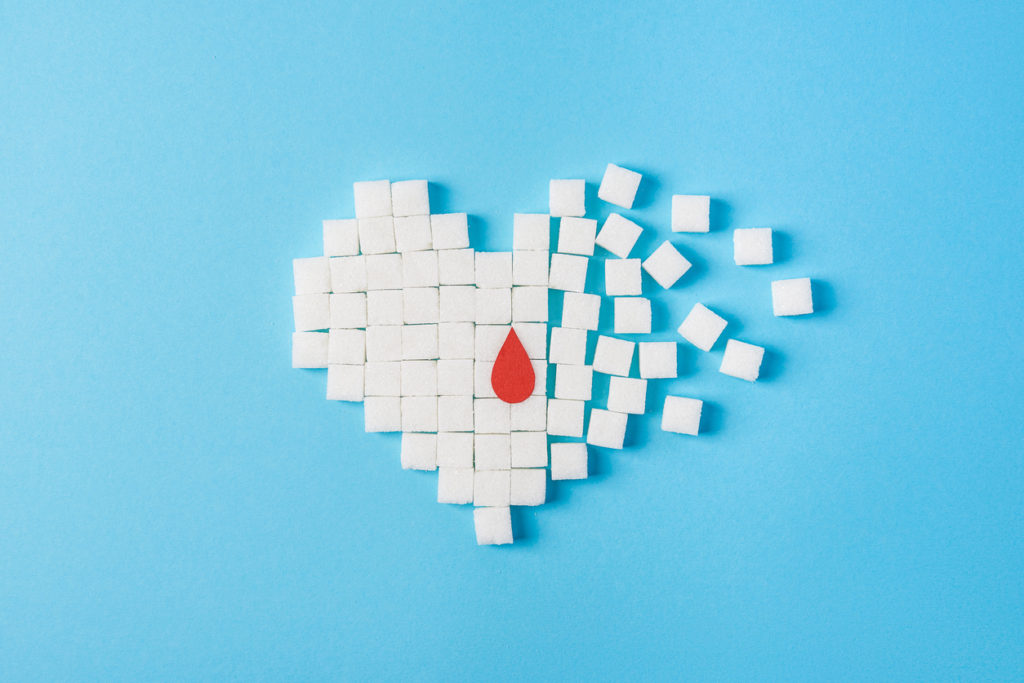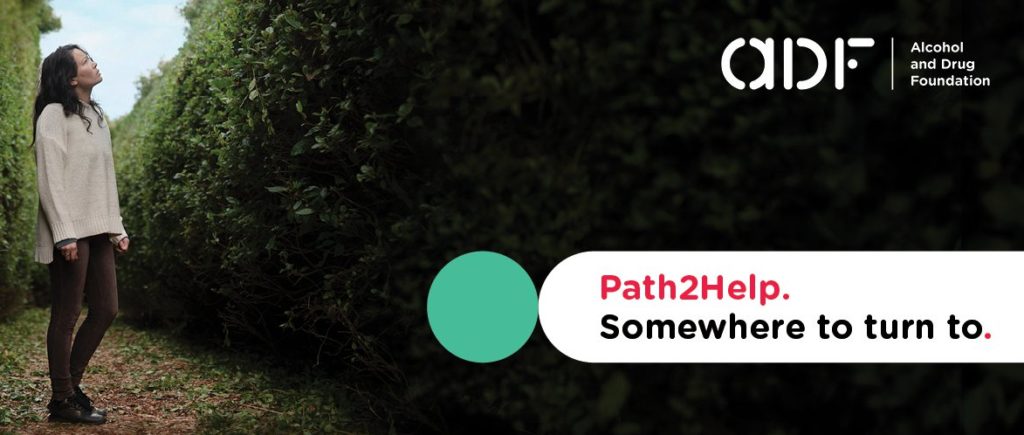A study from Deakin University’s Institute for Physical Activity and Nutrition (IPAN) has found that many Australian parents are trying to reduce their salt intake, and that of their kids, but come unstuck at the supermarket shelf when confronted with confusing food labels.
Previous research has highlighted that Australian children are consuming salt at higher than recommended levels. Lead author of this study, Ajam Khokhar, stated: “Young children should be consuming less than a teaspoon of salt a day. Any more can increase the risk of high blood pressure and related health issues like a stroke or heart attack later in life.”
Learn more about high blood pressure (hypertension).
The research, published in the journal BMJ Nutrition, surveyed more than 2000 parents to determine what they understood about appropriate salt intake. Half of the parents surveyed said they were actively trying to reduce their salt intake. However, findings revealed that more than half found it difficult to interpret sodium information presented on packaged food products.
Check out these tips on how to reduce your fat, salt and sugar intake.
Ms Khokhar added: “It is difficult for parents, because while the public message is focused on reducing salt, when they’re at the supermarket and pick up a product off the shelf its nutrition panel refers to ‘sodium’, and that may be hard for them to interpret.
“They either don’t know what sodium is, or how that translates to salt content, so we need more education on that.”
Ms Khokhar remarked that there is need for consistent, front of pack labelling that identifies products low in salt across the board, not just for a selection of items. Ultimately, parents should be able to easily pick lower-salt food options off the shelf without having to apply a formula for every item when shopping.
“Our previous research has shown that most parents are concerned about their child’s salt intake, and that they strongly support more action to reduce the amount of salt in foods targeted at children,” said Ms Khokhar.
Current recommendations state that children aged between four and eight should consume no more than 3.5g of salt per day, which equates to roughly 1400 mg of sodium per day. Children aged between nine and 13 should consume no more than 5g of salt per day, which equates to roughly 2000 mg of sodium per day.
“While most of the sodium in our food comes from salt, sodium is also found naturally in various foods that we eat, even when they don’t have added salt,” Ms Khokhar commented.
The research highlights that parents are just not aware that pantry staples like bread and cheese are some of the main culprits when it comes to added salt.
Food: Basics of What We Need to Eat
“We think that something has to taste salty to be salty. But to extend the shelf life of processed food there’s often a lot of salt added.
“In Australia, approximately 80% of our salt intake is from processed food. Therefore, simple tips at the supermarket can help to cut down on your salt intake.”
Heart Foundation CEO Victoria Kellie-Ann Jolly added that while reducing salt intake is often seen to be less important than cutting down on fat or sugar, nearly half of heart disease deaths in Australia are attributable to high blood pressure.
“In Australia, work has already been done to gain consensus around draft salt targets through the Healthy Food Partnership. We urge the Federal Government and the Healthy Food Partnership to continue this vital work and move to implement voluntary salt targets now for Australia’s health.
“Consumer education remains vital, as the biggest contributor of salt in our diets is through processed and packaged foods,” Ms Jolly said.
Commentary
What’s the difference between sodium and salt?
Firstly, salt and sodium are not the same thing, although they are often used interchangeably. Salt is the chemical scientifically known as sodium chloride (by weight, salt is about 40% sodium and 60% chloride).1 Sodium is an element commonly found in a range of foods.2 While most of the sodium we consume comes from salt (about 90%), sodium also occurs naturally in foods such as celery and milk (although in very small amounts).1
How do I calculate the amount of salt from the sodium content?
Simply multiply the sodium content by 2.5. For example, if the sodium content is 40mg, the salt content is about 100mg.
Does sodium need to be labelled on food packages in Australia?
Salt and sodium-containing additives must be placed in the ingredients list on food labels. Additionally, it is mandatory for the total sodium content of packaged foods (including added salt, sodium-containing additives and naturally occurring sodium) to be declared on the Nutrition Information Panel on the food label.2
Check out this interactive resource on how to understand food labels in Australia.
How much sodium in there in our foods?
Check out Food Standards Australia New Zealand’s (FSANZ) table outlining the sodium content in common foods such as breakfast cereal, butter, cheddar cheese, pizza and white bread.
References
- American Health Association (online). Are salt and sodium the same? [accessed 1 Aug 2019]. Available from: URL link
- Food Standards Australia New Zealand (online). Sodium and salt [accessed 1 Aug 2019]. Available from: URL link
- World Action on Salt & Health (online). Reading labels [accessed 1 Aug 2019]. Available from: URL link
All content and media on the HealthEngine Blog is created and published online for informational purposes only. It is not intended to be a substitute for professional medical advice and should not be relied on as health or personal advice. Always seek the guidance of your doctor or other qualified health professional with any questions you may have regarding your health or a medical condition. Never disregard the advice of a medical professional, or delay in seeking it because of something you have read on this Website. If you think you may have a medical emergency, call your doctor, go to the nearest hospital emergency department, or call the emergency services immediately.








